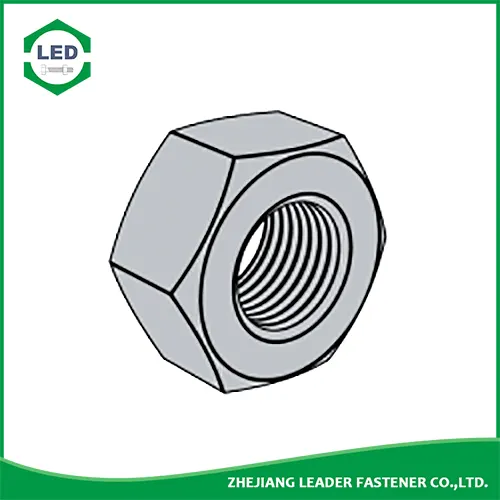What is the difference between a square nut and a hex nut?
2023-11-24
The main differences between square nuts and hex nuts are in their shapes, applications, and the way they engage with tools and fasteners:

1. Shape:
- Hex Nut: A hex nut has six flat sides, forming a hexagonal shape.
- Square Nut: A square nut has four equal sides and a square shape. It typically has a flat bottom surface and is threaded on the inside to fit onto a bolt or threaded rod.
2. Engagement with Tools:
- Hex Nut: Hex nuts are commonly tightened or loosened using a wrench or a socket that fits onto their six flat sides.
- Square Nut: Square nuts are typically turned using a wrench that fits onto the four flat sides of the nut. This engagement allows for a secure grip and prevents the nut from turning while being tightened.
3. Application:
- Hex Nut: Hex nuts are widely used in various applications, such as construction, machinery, automotive, and general fastening needs.
- Square Nut: Square nuts are often used in applications where the nut needs to be held in place in a square hole or groove. They are used in furniture assembly, woodworking, and some structural applications.
4. Holding Power:
- Hex Nut: Hex nuts provide good holding power and are commonly used in conjunction with bolts or screws to secure components together.
- Square Nut: Square nuts also offer good holding power due to their design, especially in situations where they are properly seated and prevent rotation.
In summary, while both hex nuts and square nuts serve similar purposes in fastening and securing components, their shapes, engagement with tools, and specific applications differ. Hex nuts are more commonly used in general applications, while square nuts are often utilized in situations where their square shape and ability to resist rotation are advantageous.


